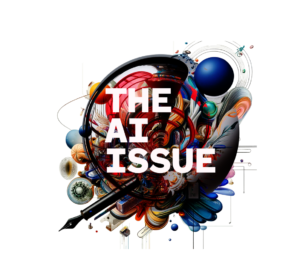Review: Understanding AI Helps Separate the Sci From the Fi
Like it or not, AI is here to stay. In his newsletter, Timothy B. Lee helps explain what comes next.


Seemingly overnight, artificial intelligence went from a far-future science fiction technology to a real thing that is supposedly on the verge of ushering in utopia and/or killing the human race. Lost in the shuffle of this discourse is serious discussion of what AI technology can actually do and what real-world effects it is having.
Explaining actual AI products is the core of Timothy B. Lee's excellent Substack newsletter Understanding AI. Lee, a journalist (and occasional Reason contributor), refreshingly covers AI like a normal newsworthy subject. His articles include a nice range of original reporting on the companies and nonprofits producing AI, service journalism on how ChatGPT compares to Gemini, even-handed analysis of the legal and regulatory questions AI has inevitably provoked, and explainer articles on what even is a large language model.
The biggest takeaway is that, for all the boosterism and doomerism, AI will be a normal-ish technology that will have normal-ish impacts on the world. One of Lee's best entries is a deep dive into how AI has affected one of the industries where it already predominates: language translation. Turns out that prices for translation have fallen and companies consume more translation services. That's an unambiguous win for consumers.
The labor effects are more mixed. Some translators are specializing in more complex legal and medical translations the machines can't quite nail (and where mistakes create huge liabilities). Nonspecialized translators are either using AI to boost their productivity or dropping out of the industry.
Love AI or hate it, falling prices, rising consumption, and increased specialization sounds like the normal process of technological advancement under free-ish markets.
This article originally appeared in print under the headline "Understanding AI."
Rent Free is a weekly newsletter from Christian Britschgi on urbanism and the fight for less regulation, more housing, more property rights, and more freedom in America's cities.

Show Comments (3)